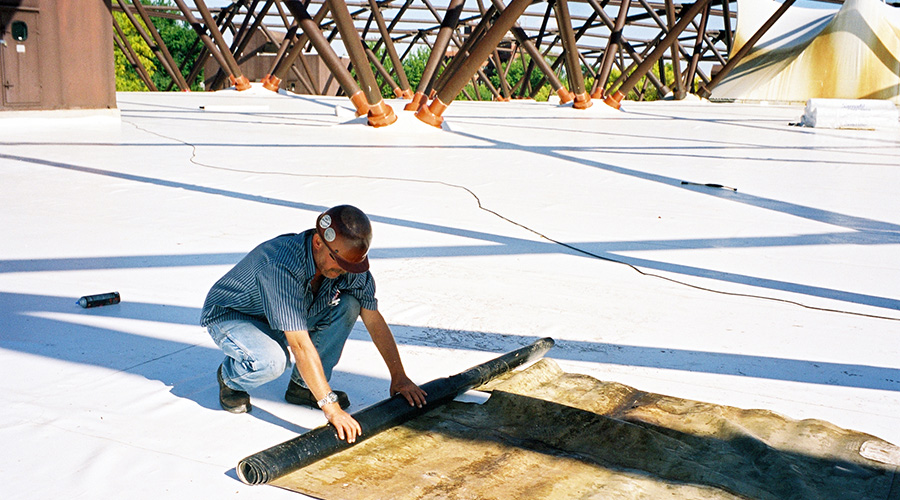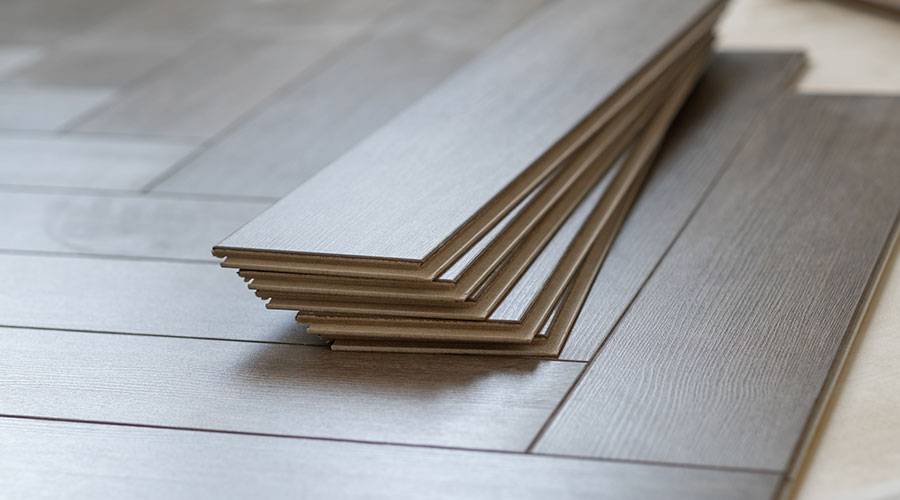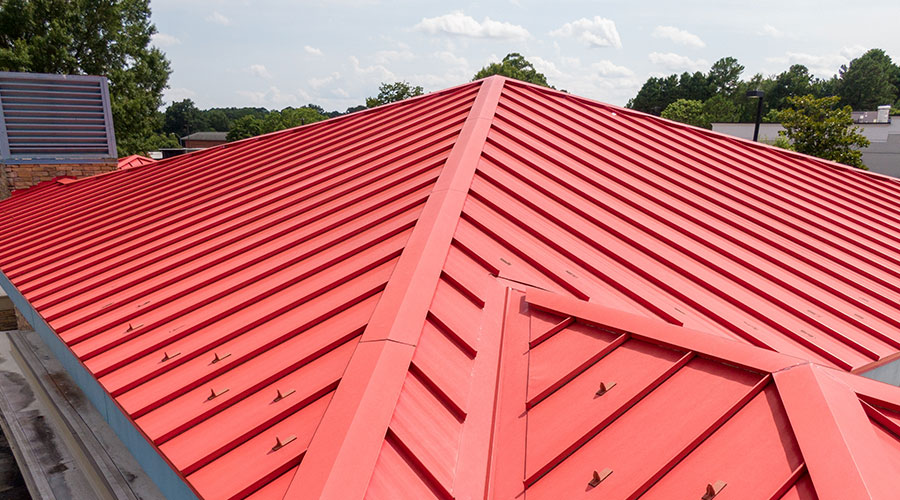Sustainable Roof Opportunities
Roofs on institutional and commercial facilities used to be simply protective coverings for operations and equipment. But times have changed.
A growing number of facilities now view rooftops as components that can provide significant value to the organization in the form of energy savings and sustainable attributes. Although the basic function of reflective roof coatings remains the same as it has been for years, the way the products' attributes and functions are defined has changed many customers' perspective on the products.
Sustainability
Sustainability has many meanings — long-lasting, life-cycle performance, and reparability. More recently, sustainability has taken on an additional meaning.
The new focus is on the use of biorenewable content, the use of recycled material, or an expected energy benefit. These recent definitions of sustainability obviously have merit, the original focus of sustainability — extending service life — can provide significantly more value to the end user and the environment.
Increasing the life of an installed roofing system is the ultimate sustainable solution. Extending rooftop performance by coating the roof at installation protects the waterproofing layers below. In many cases, the coating acts as an additional waterproofing layer and keeps the roof assembly cooler — in the case of reflective coatings — which slows the roof's aging process. Roof coatings act as a protective, renewable barrier protecting the existing system, separating the main waterproofing layer from the harsh roof top environment.
Managers can have roof coatings reapplied to further extend the roof's life. These additional applications come at a fraction of the cost of a new roof or a second roof. They also address sustainability by eliminating removal, disposal, and placement in a landfill.
The new definitions of sustainability address enhanced benefits to the customer, such as bio-renewable raw materials, recycled content and the reduction of ozone-depleting volatile organic compounds (VOC), which benefit our environment.
But managers must make wise decisions in specifying products to take into consideration all aspects of sustainability. For example, sacrificing performance for the sake of including bio-renewable raw materials is folly. It ignores the fact that any roof material's load on the environment is weighted over the actual service life of that material on a roof. The sustainable performance of a roof coating also is mostly a function of the way it preserves and enhances the roof assembly beneath it. This represents a much larger environmental load than any coating, bio-based or otherwise.
No matter what the final definition of sustainability becomes, roof coatings sustain roof systems by extending the lives of new and existing roofs, and they help the environment by reducing roof disposal.
Related Topics:













